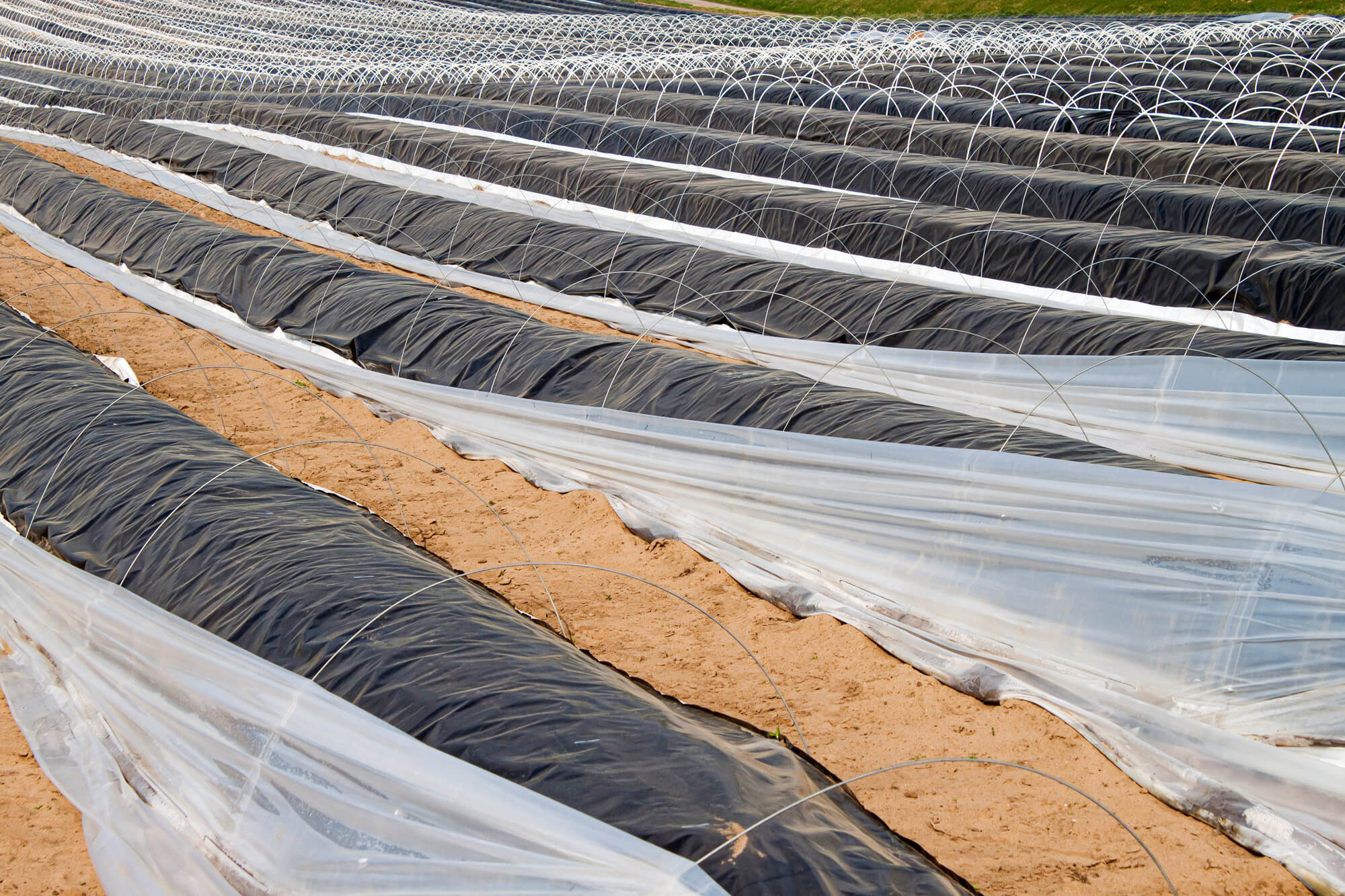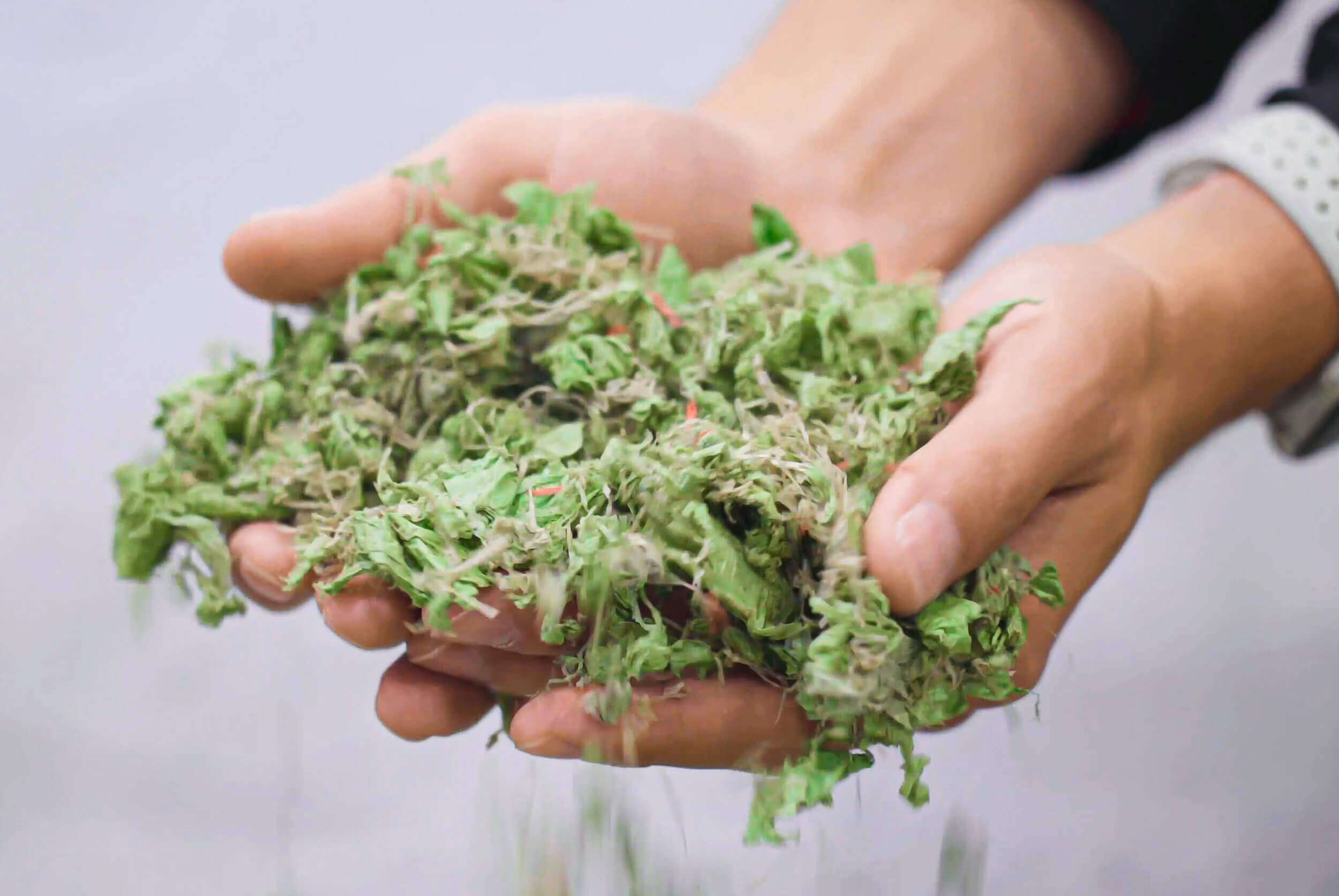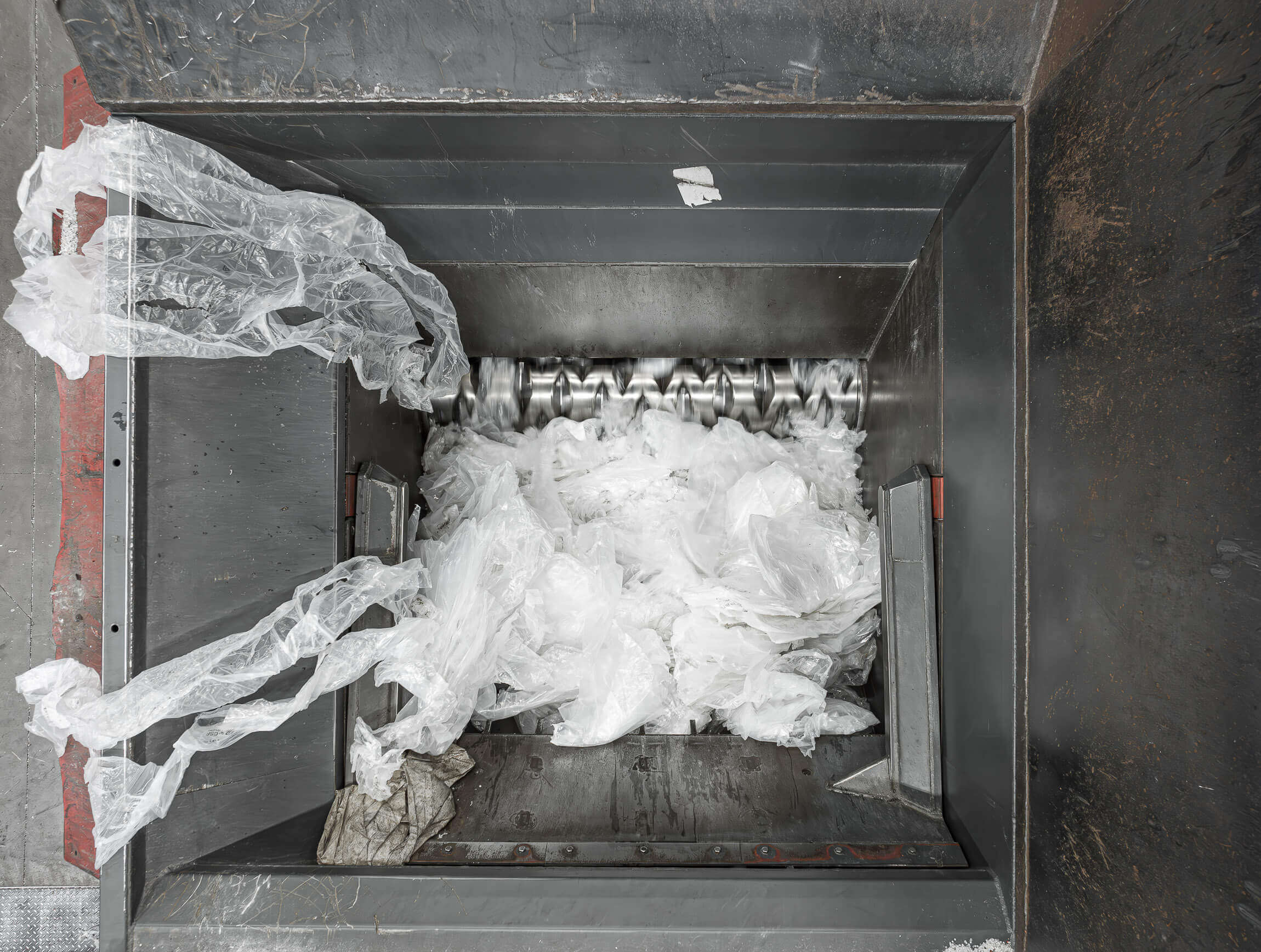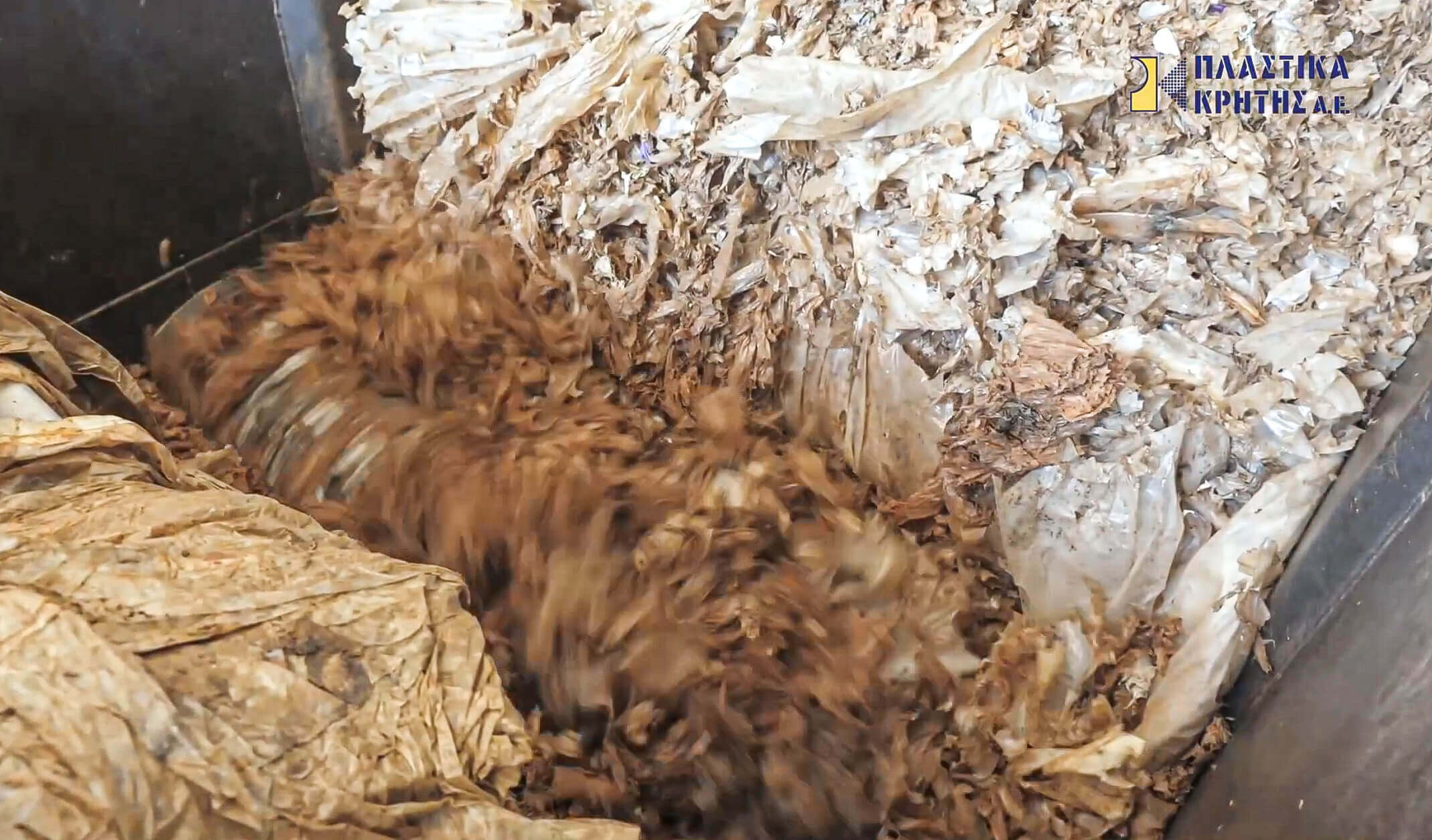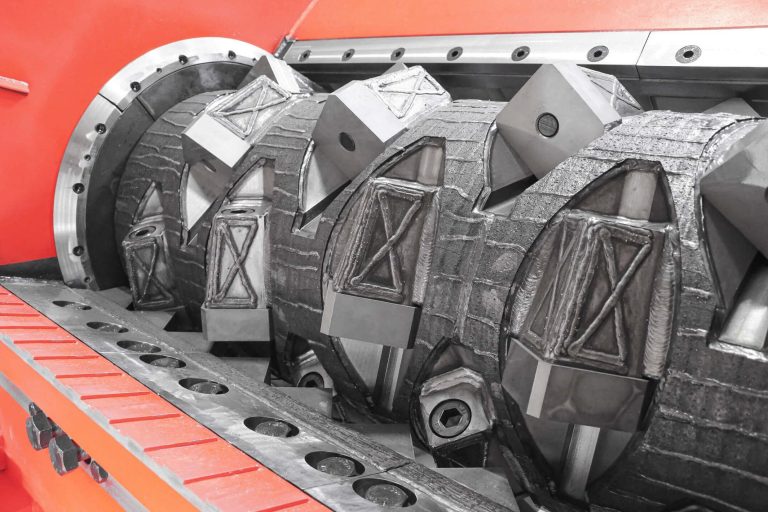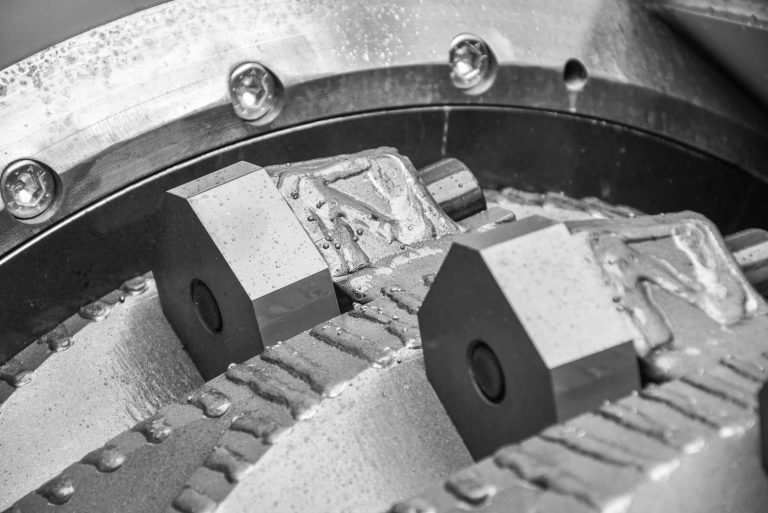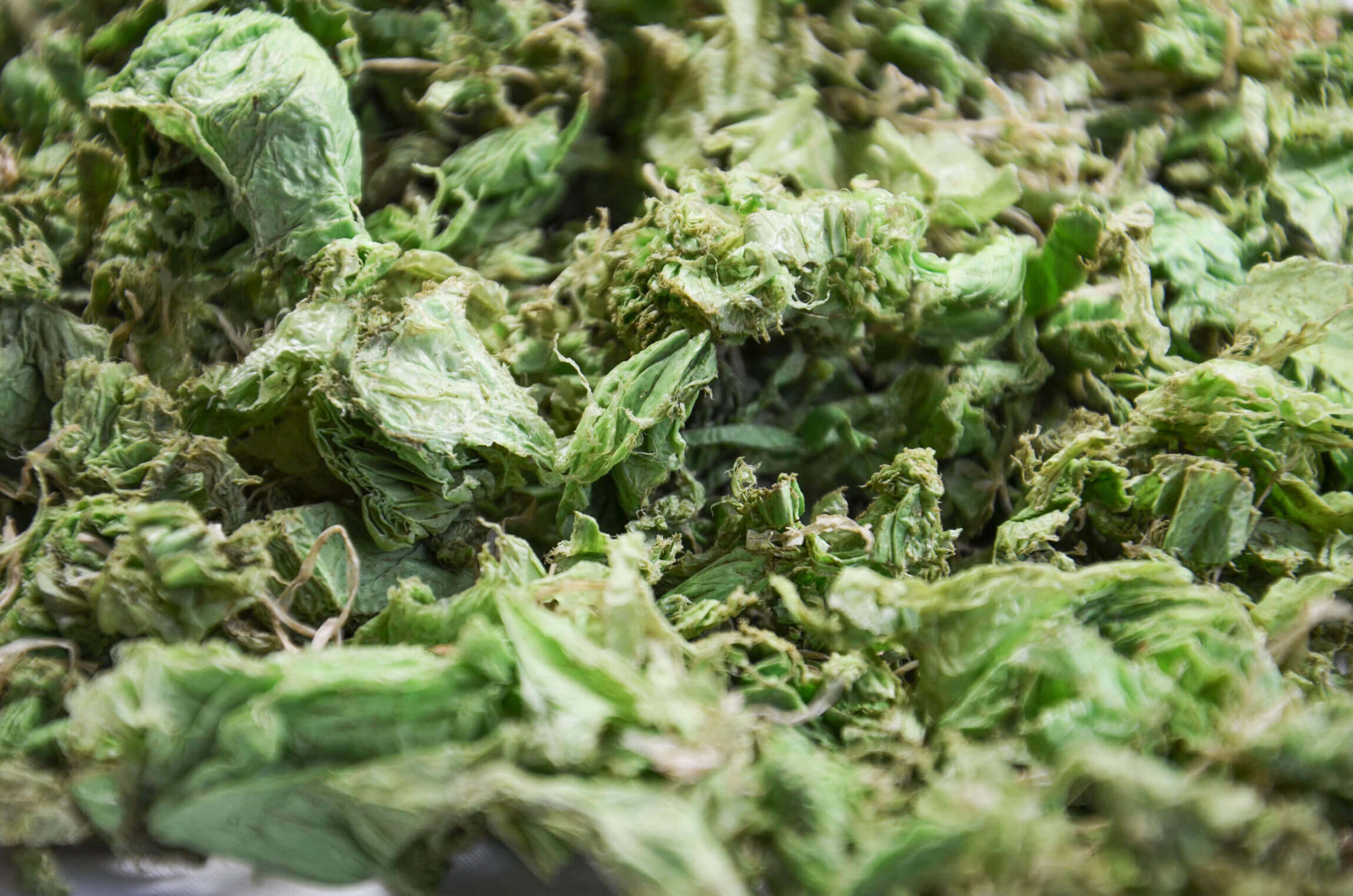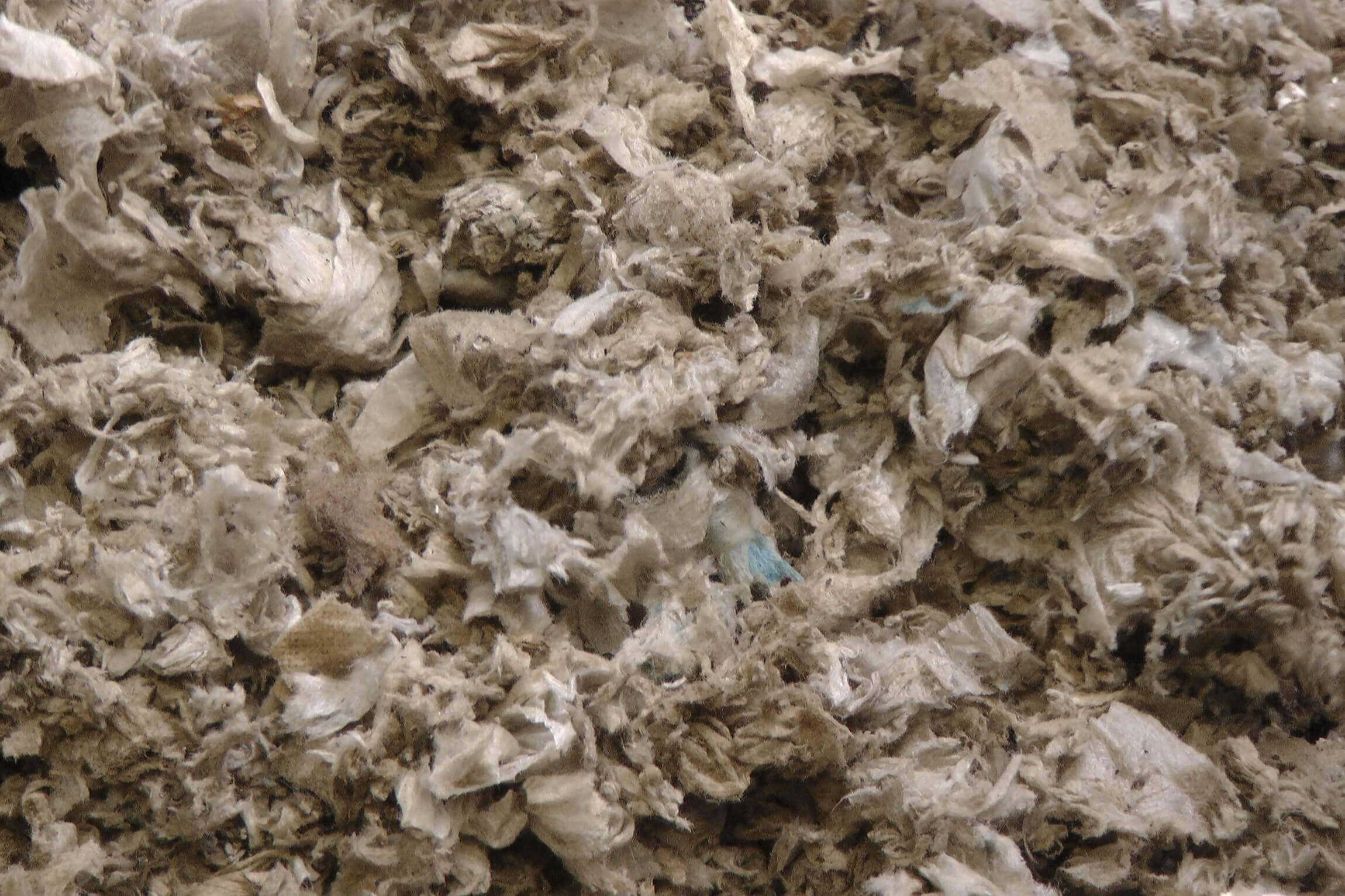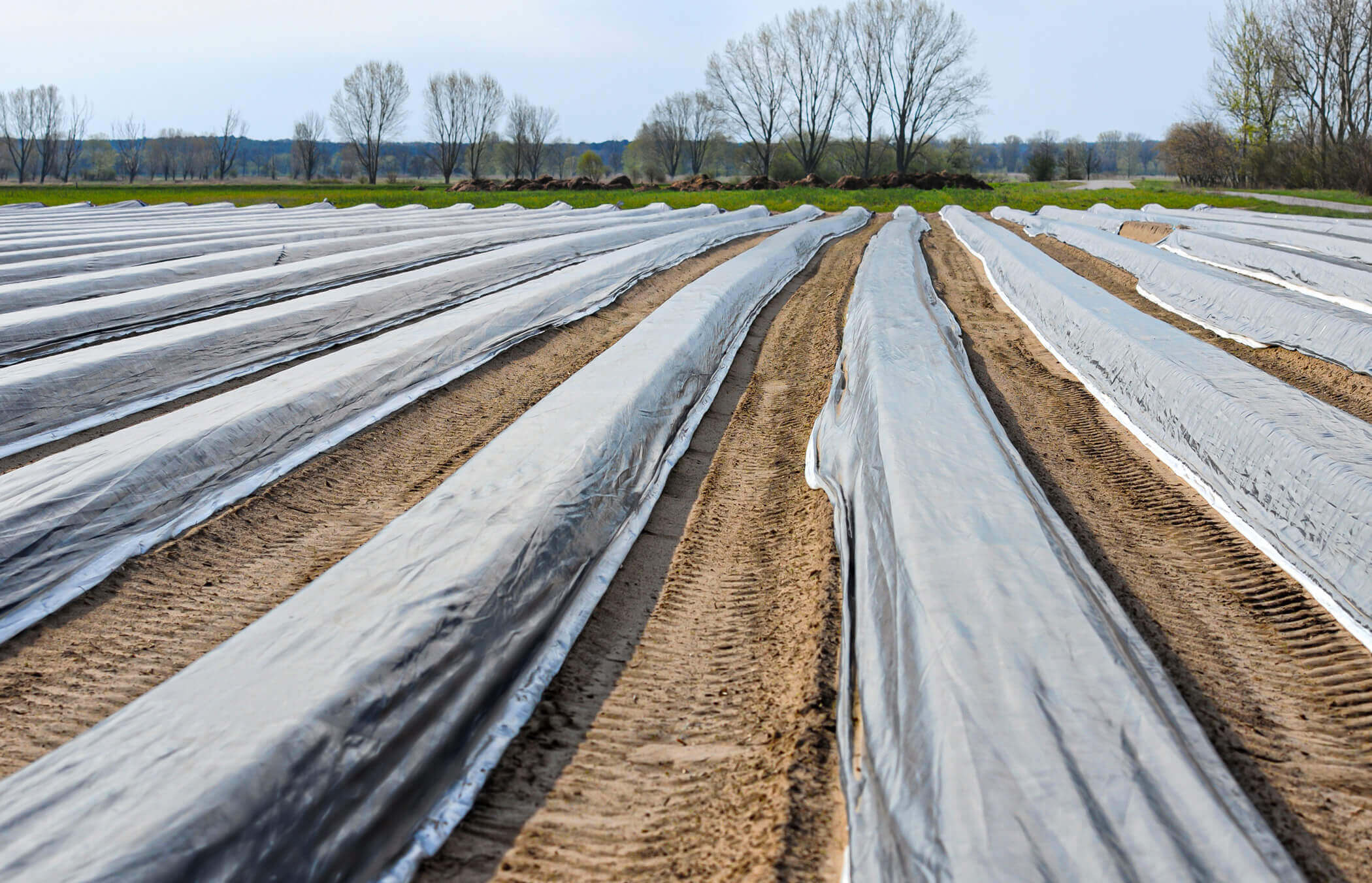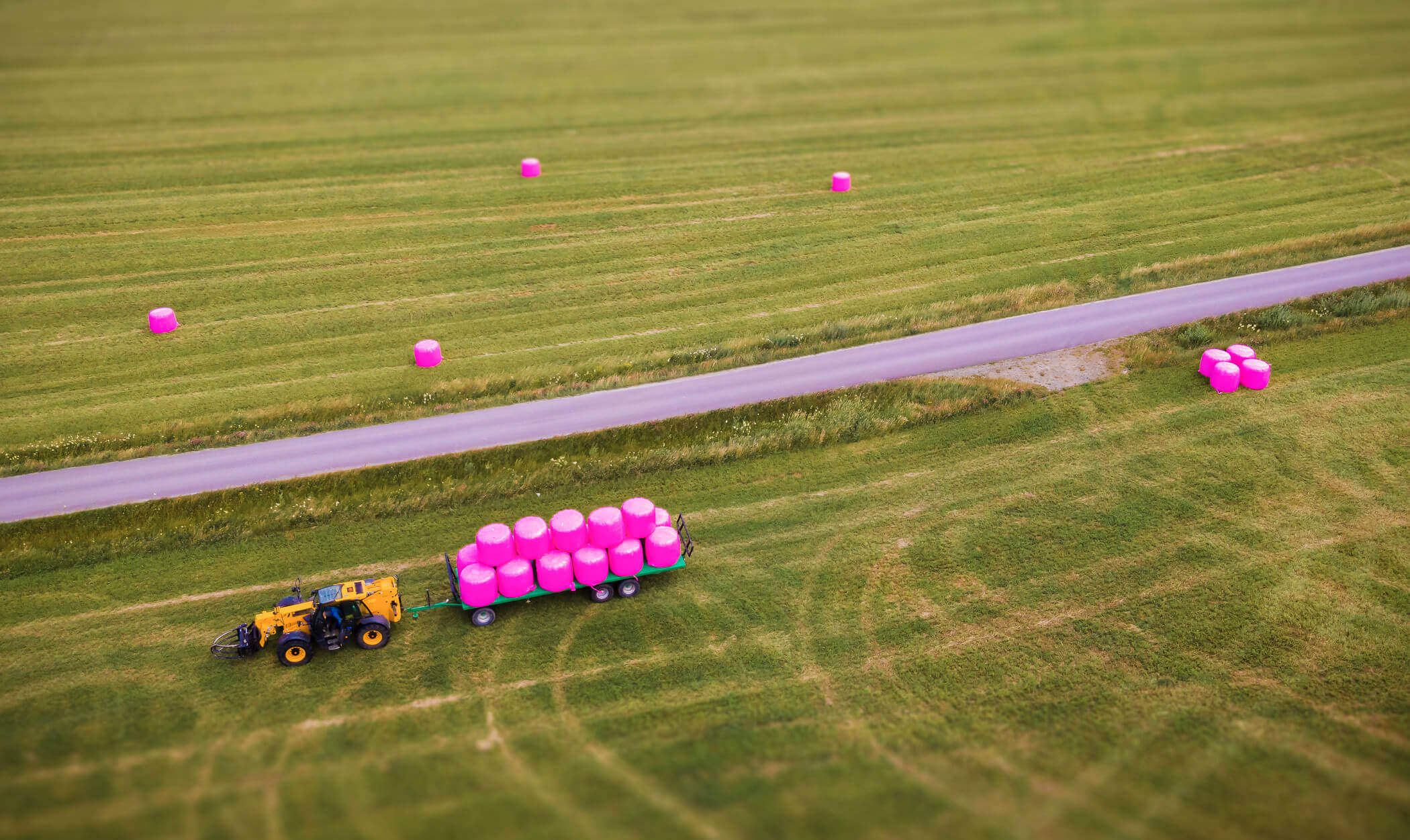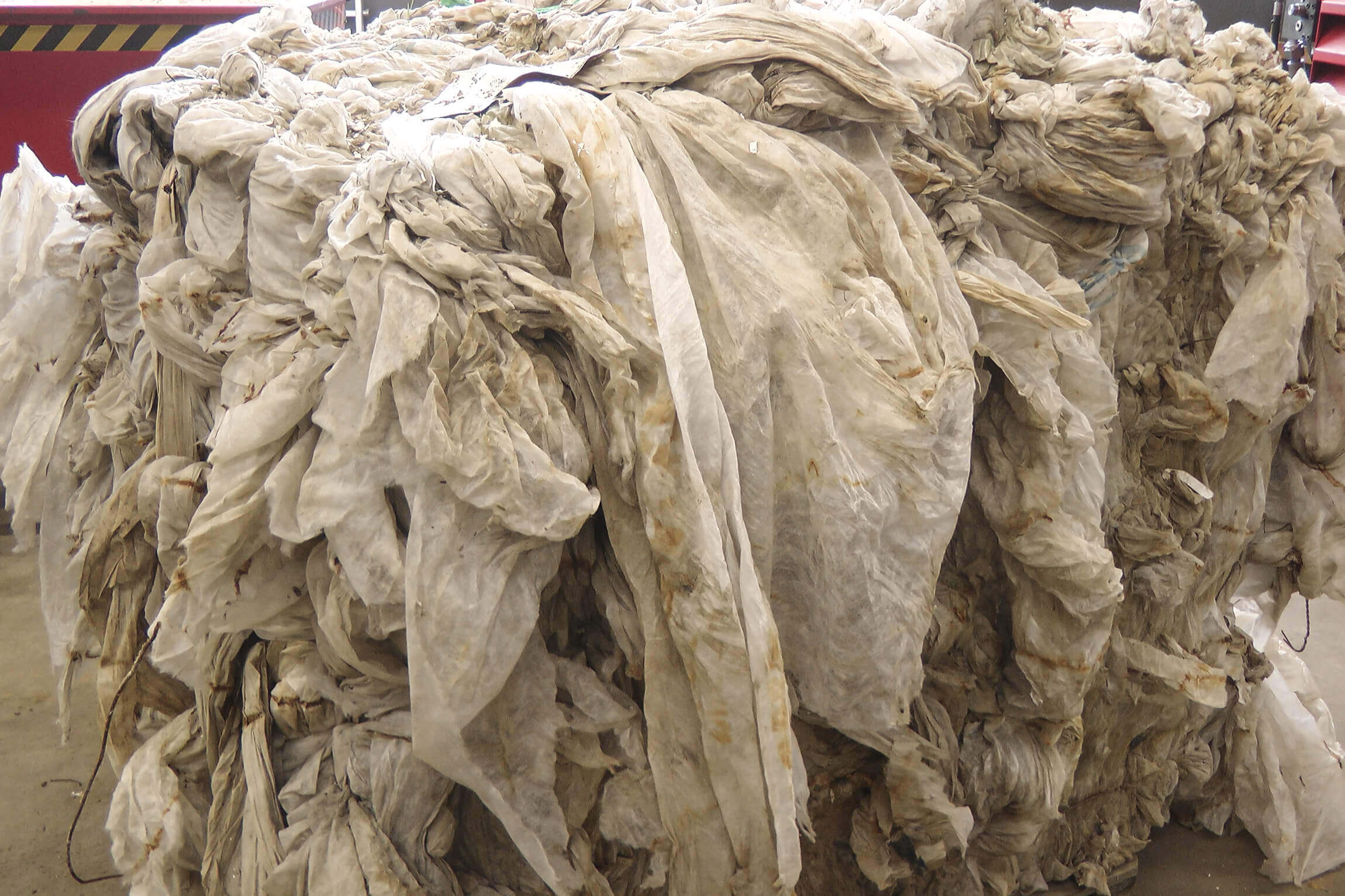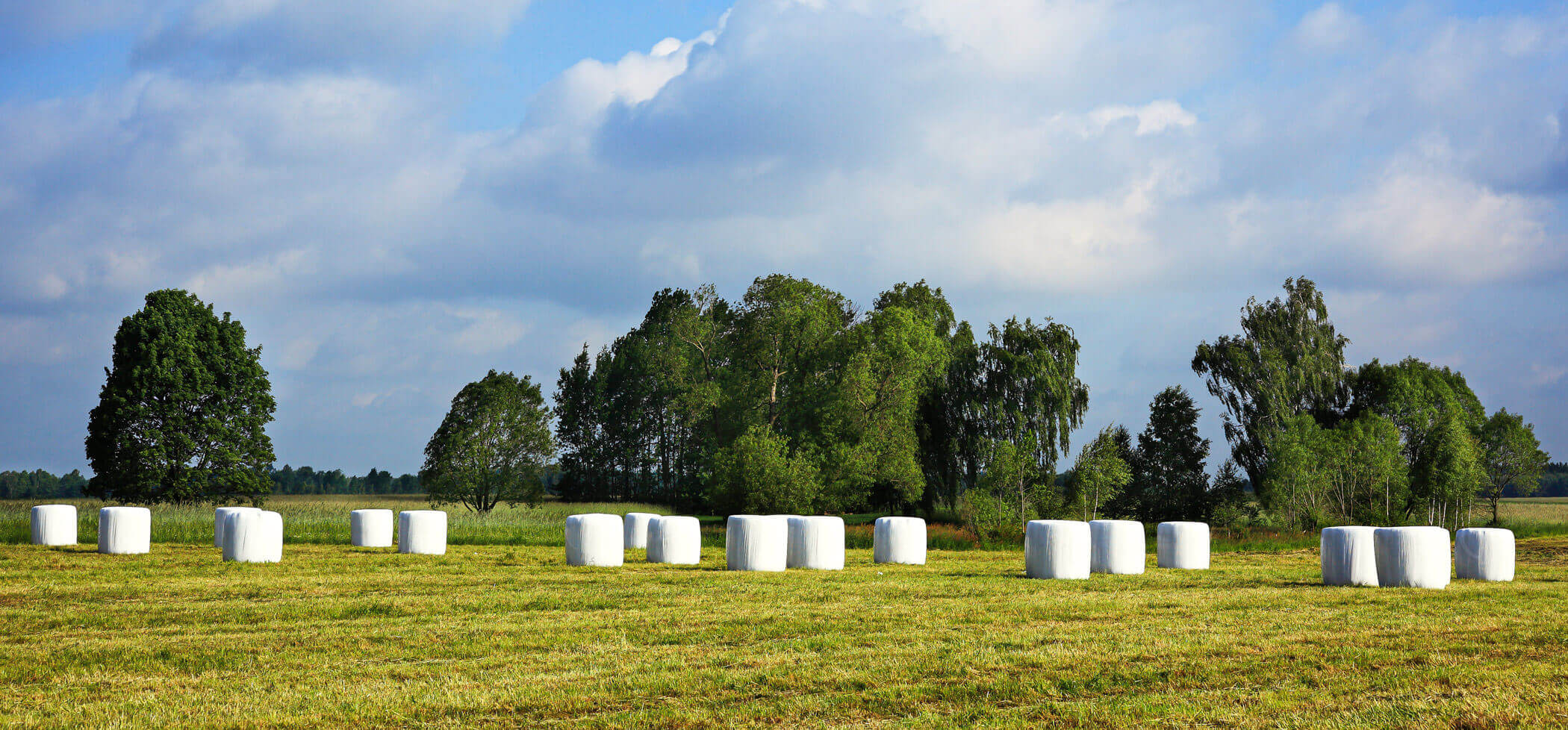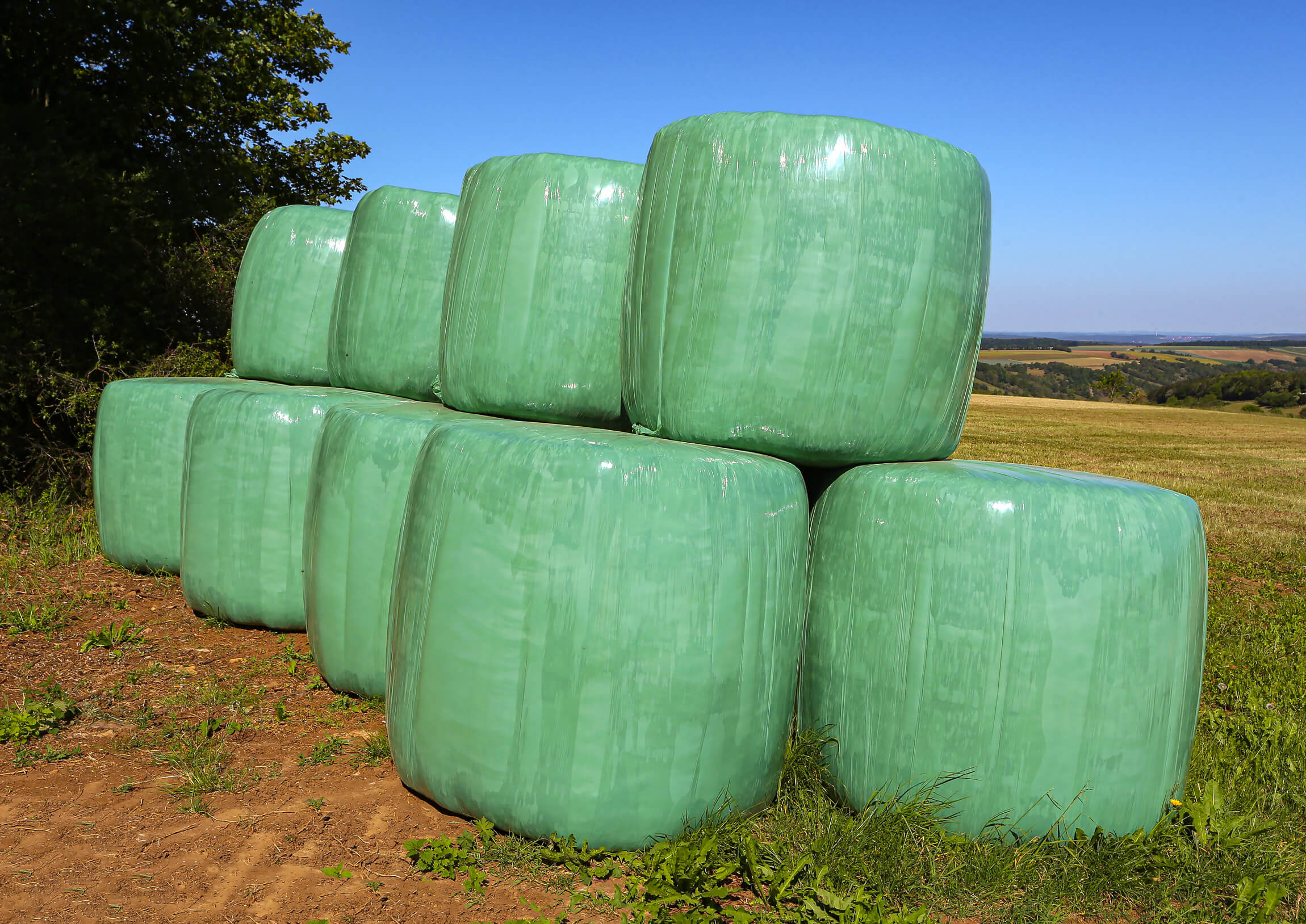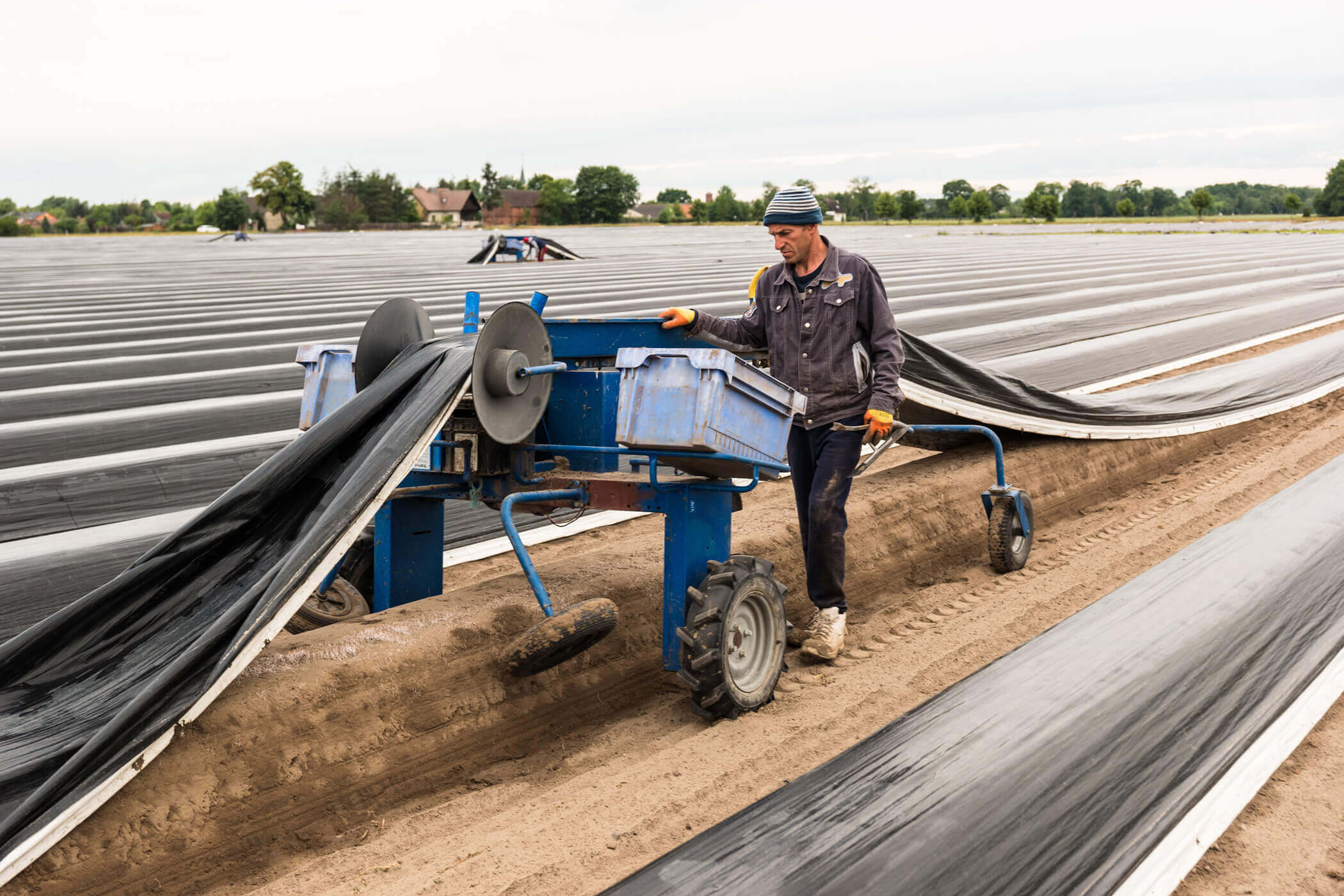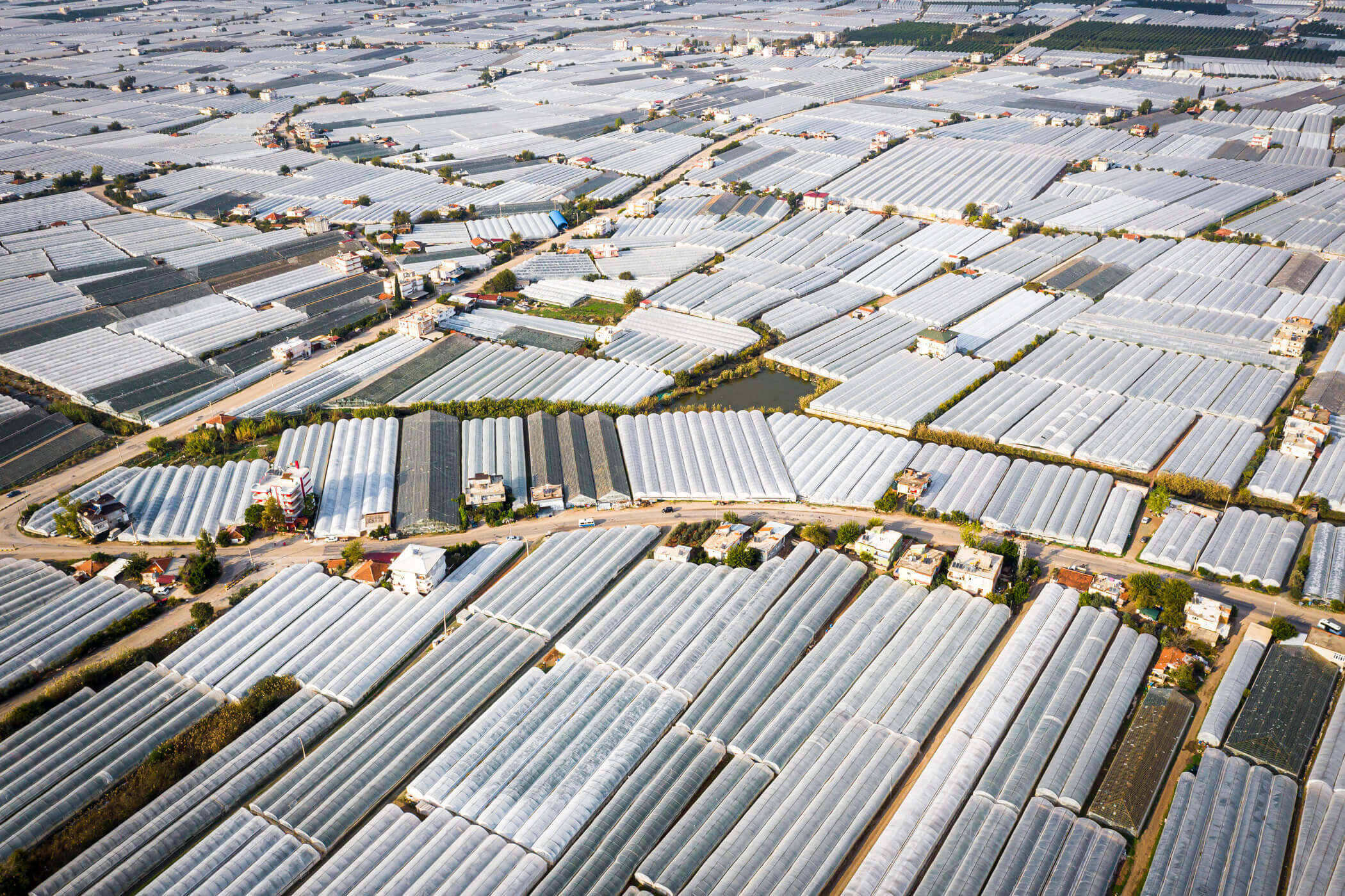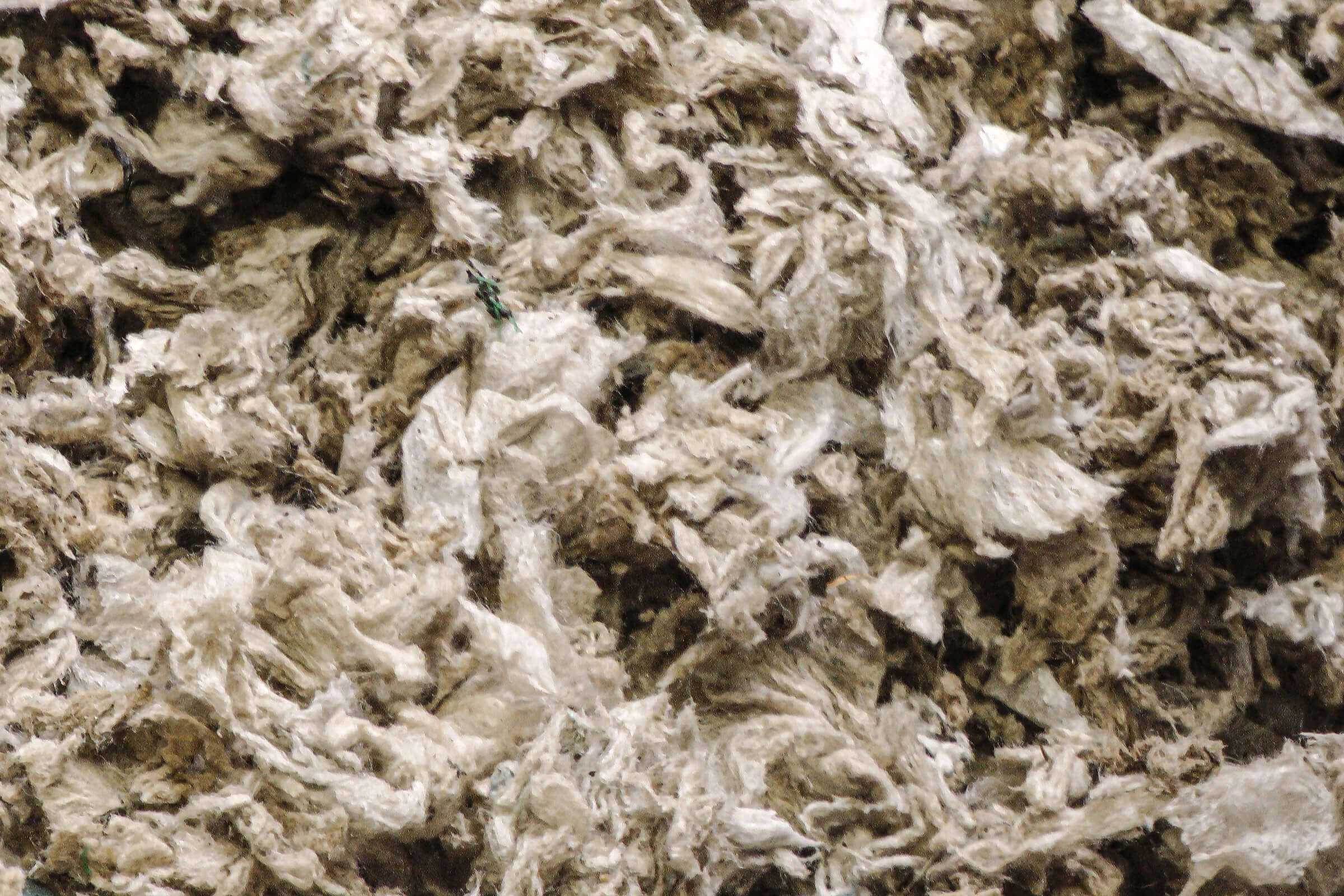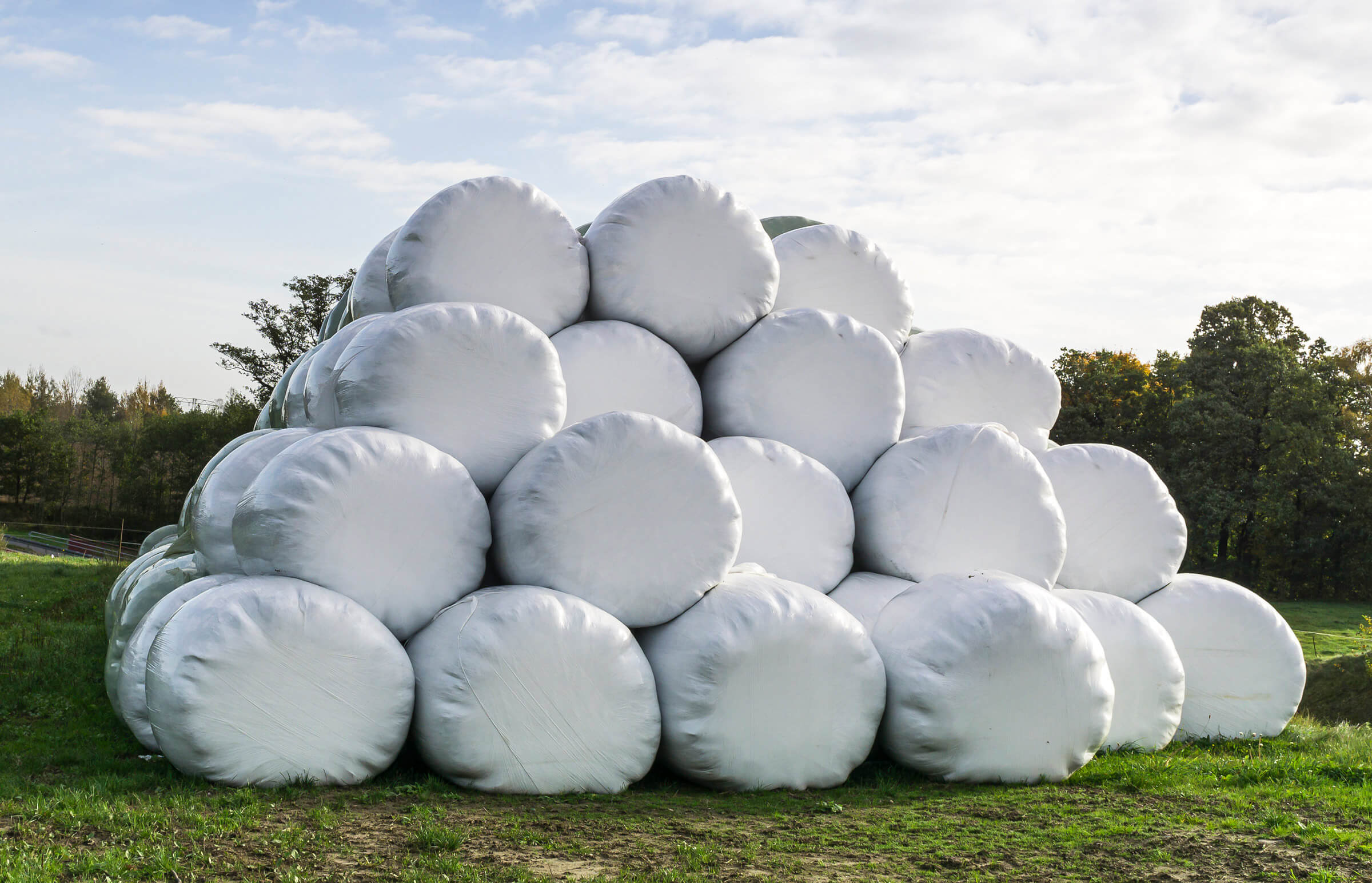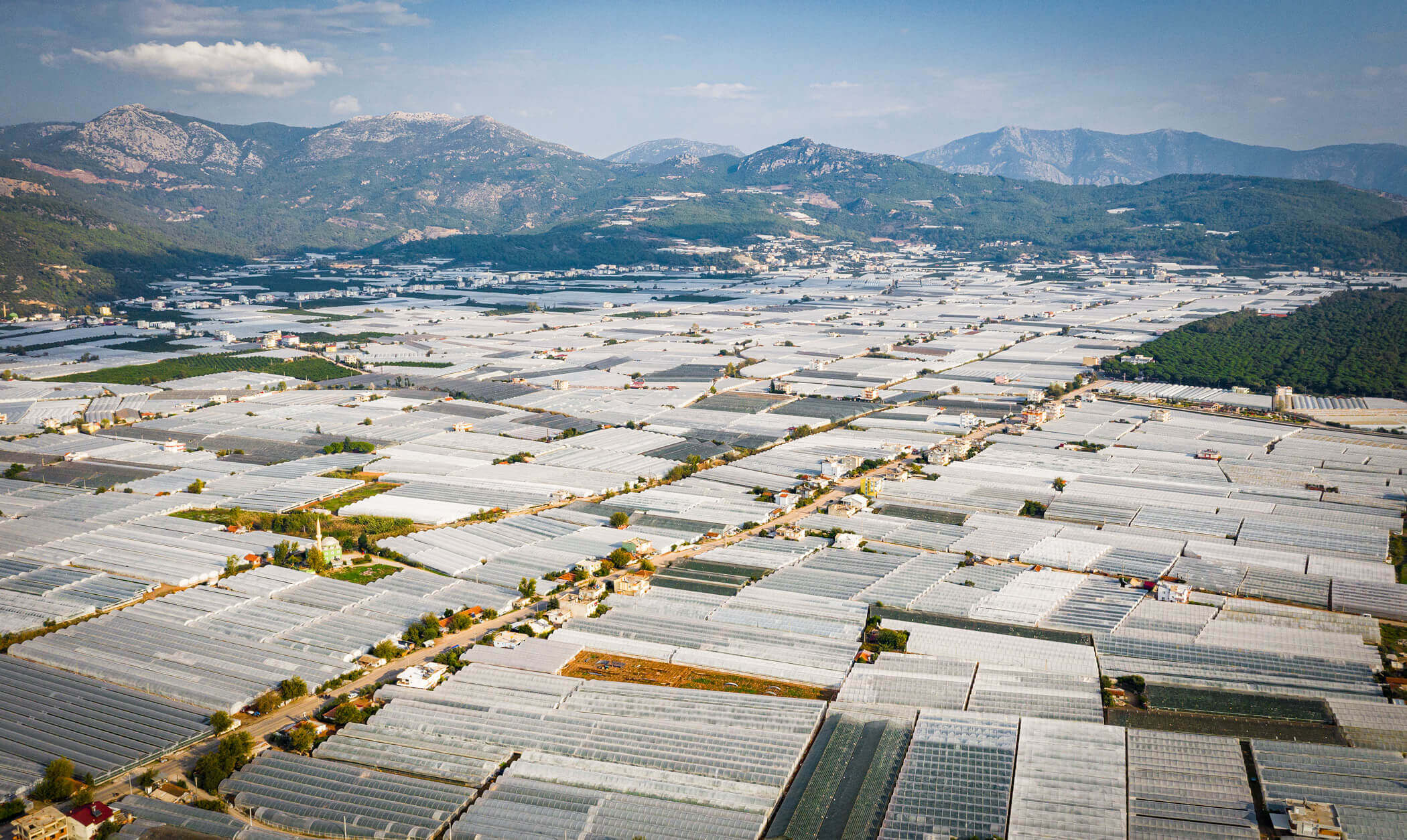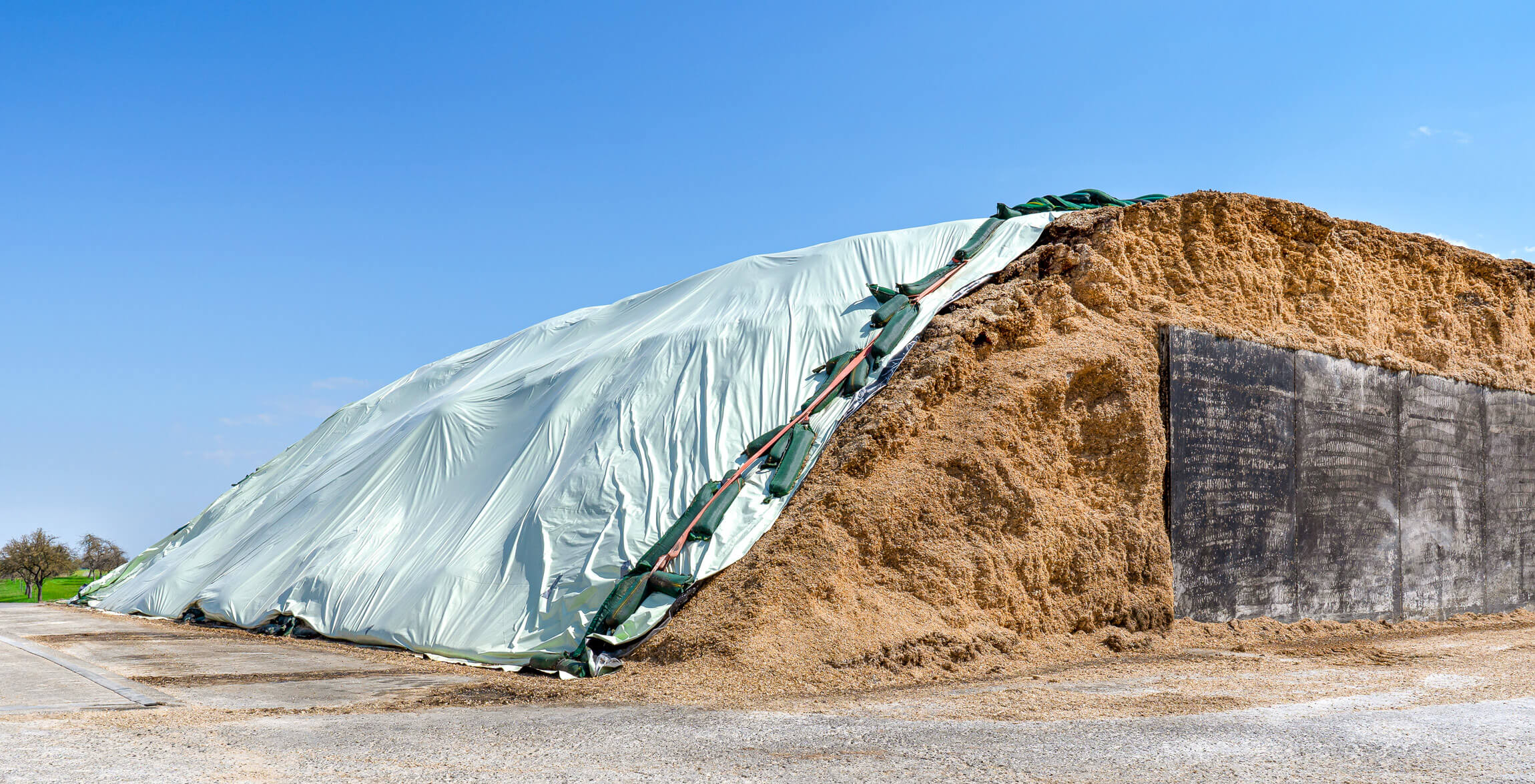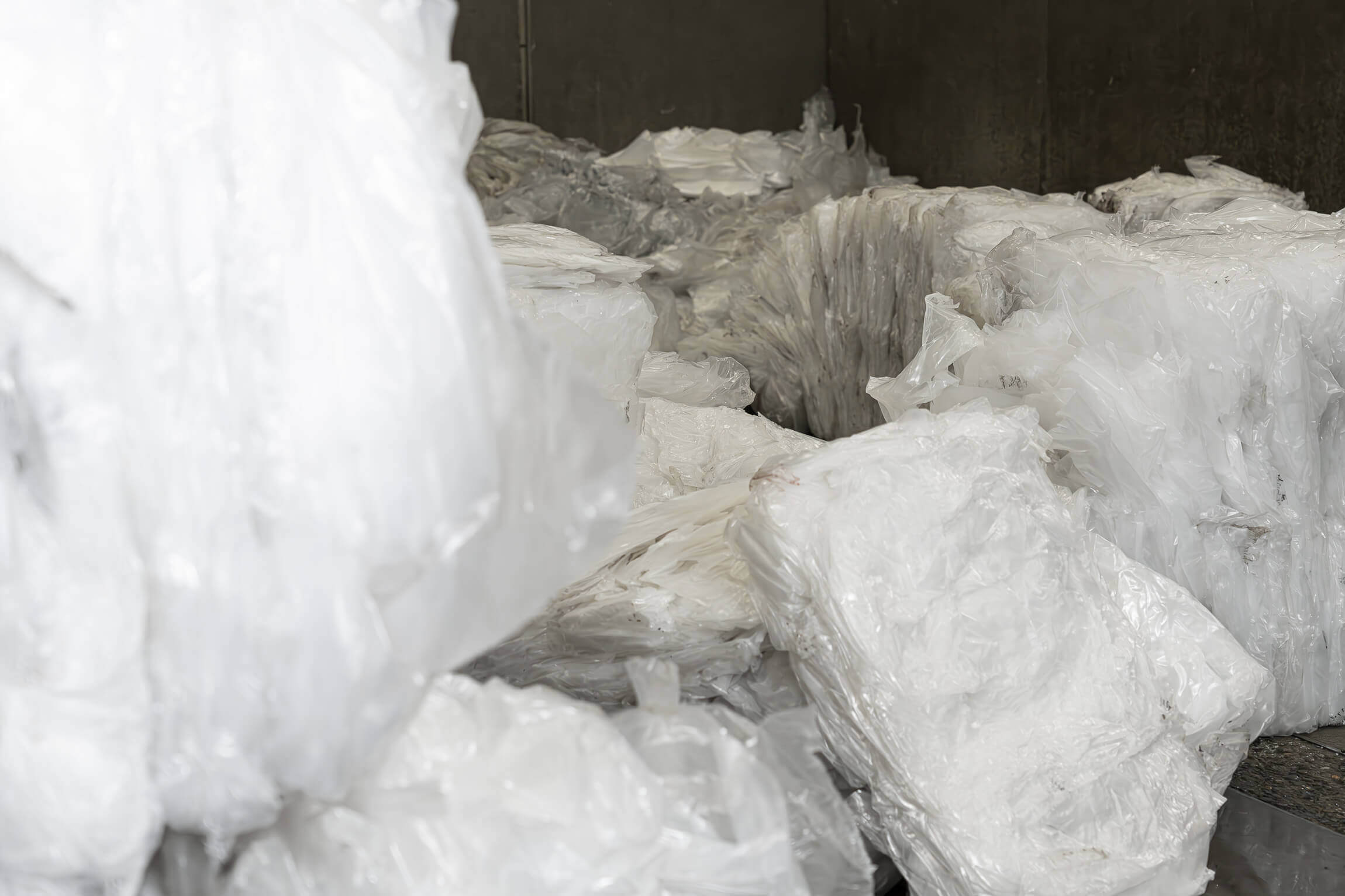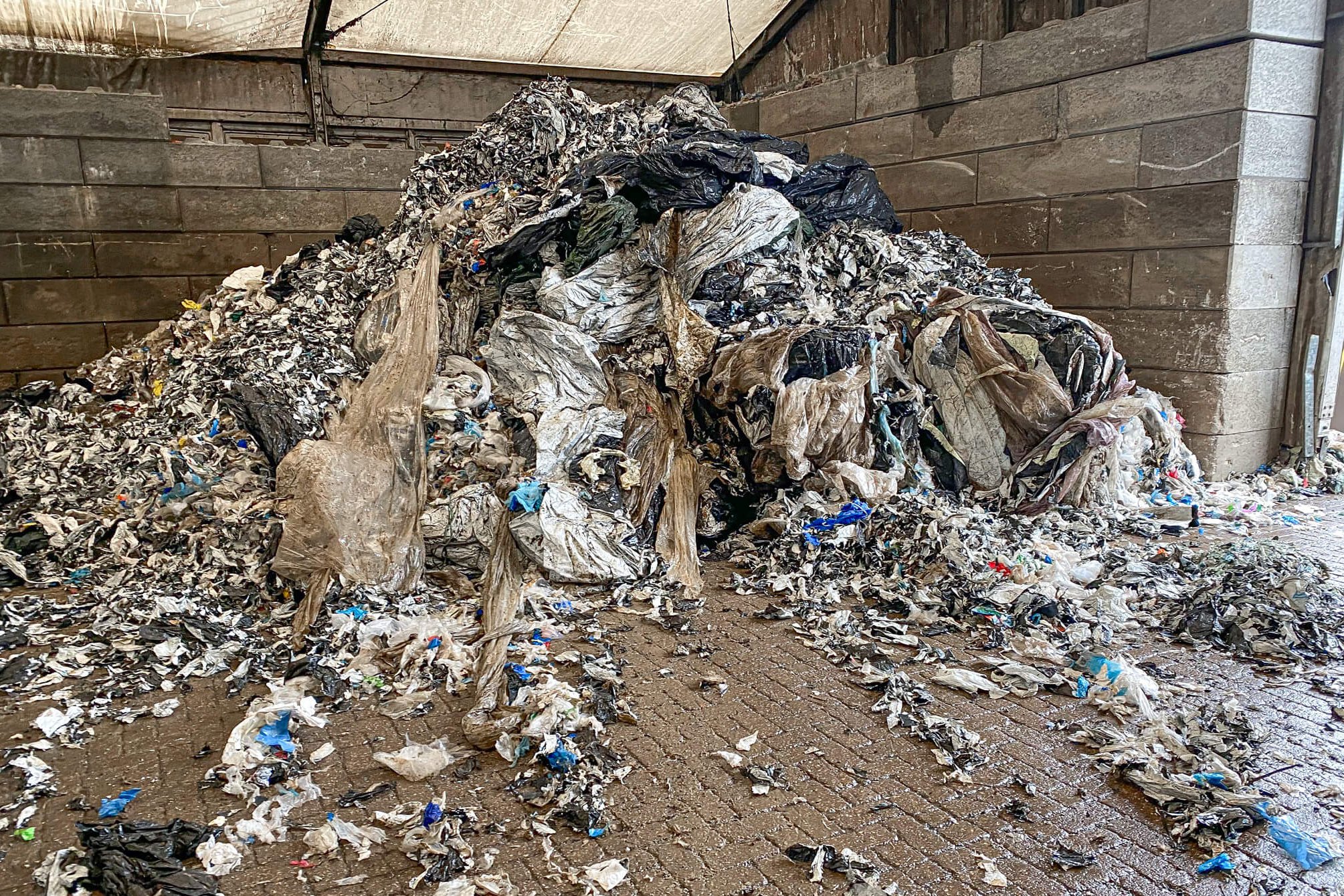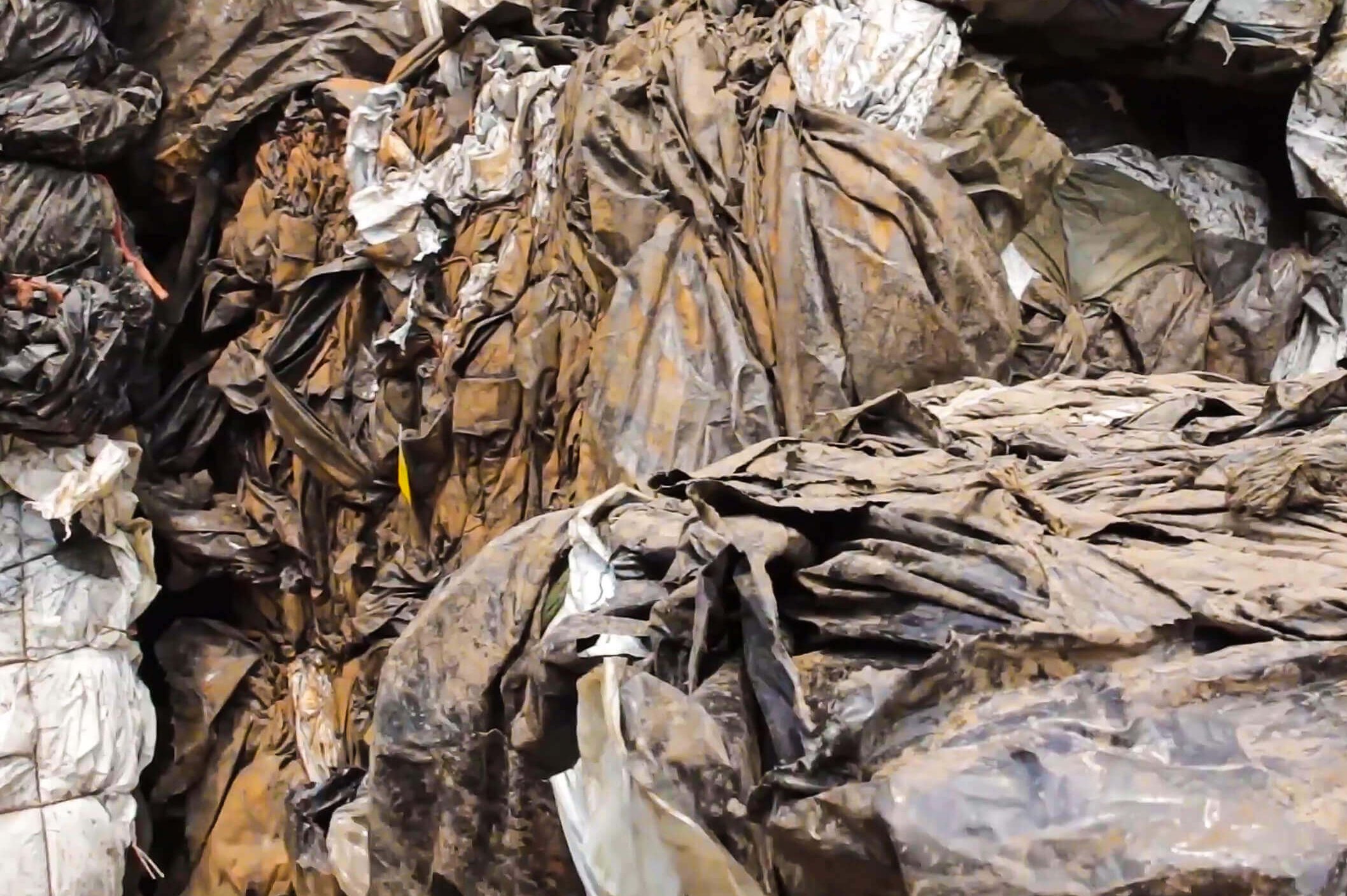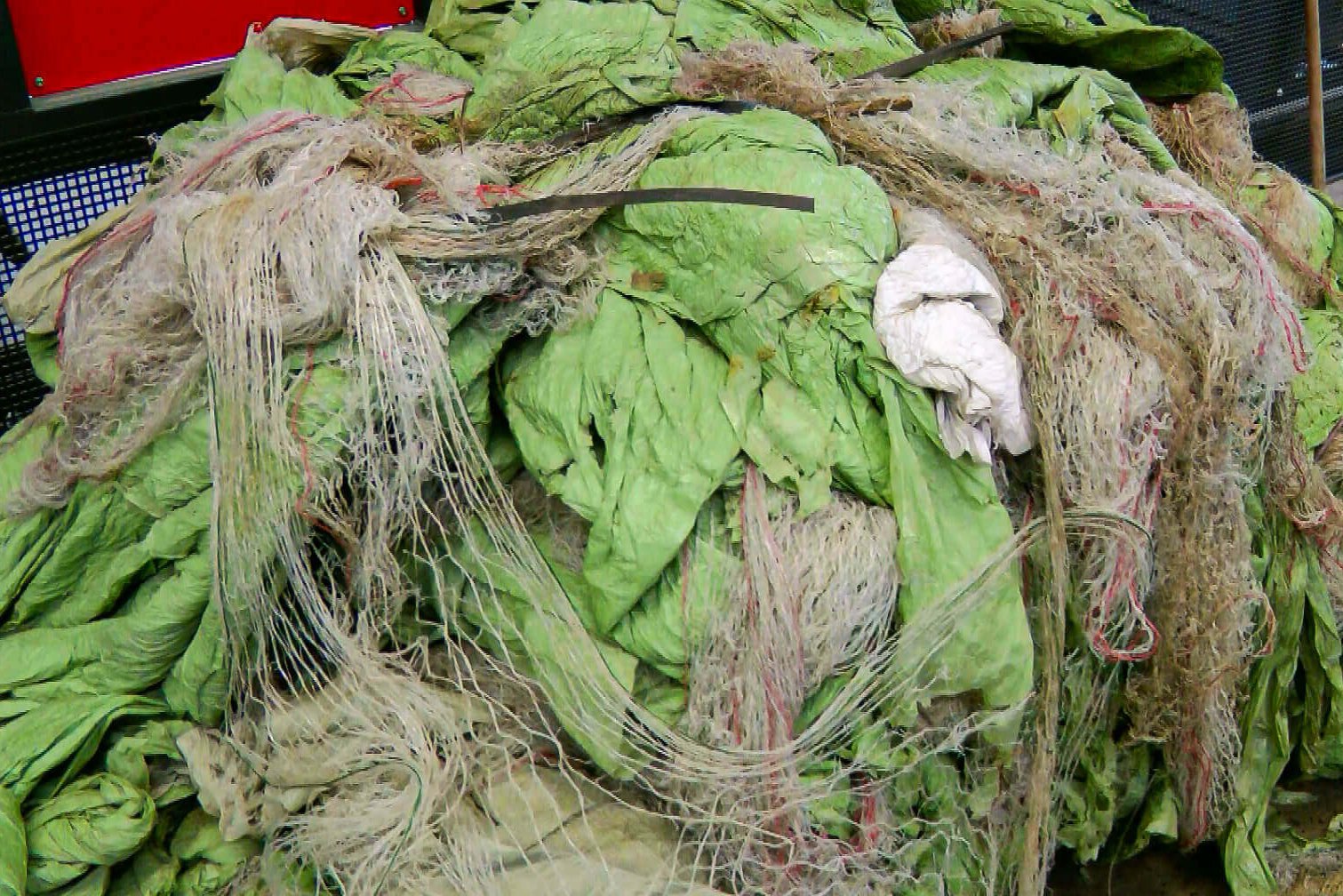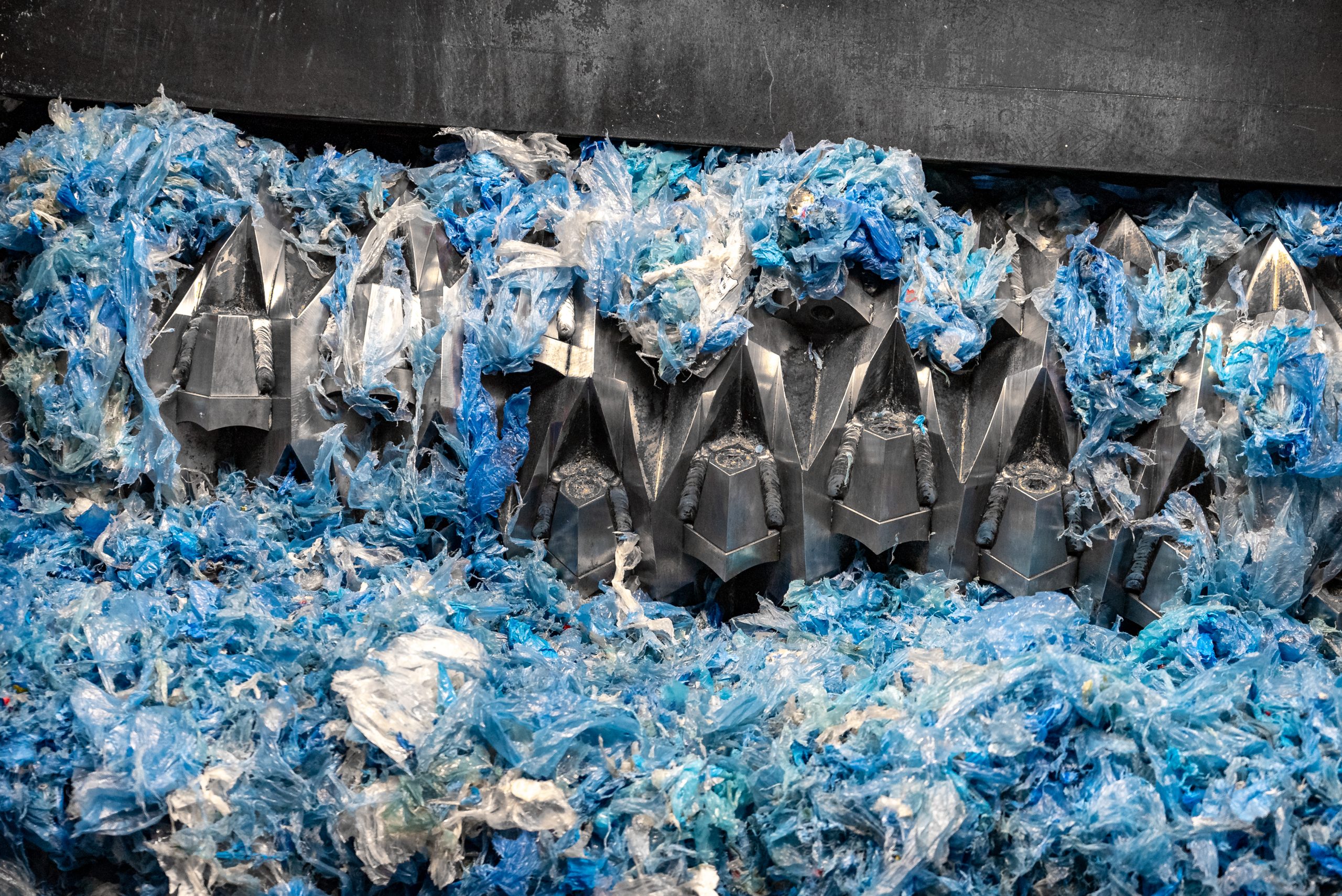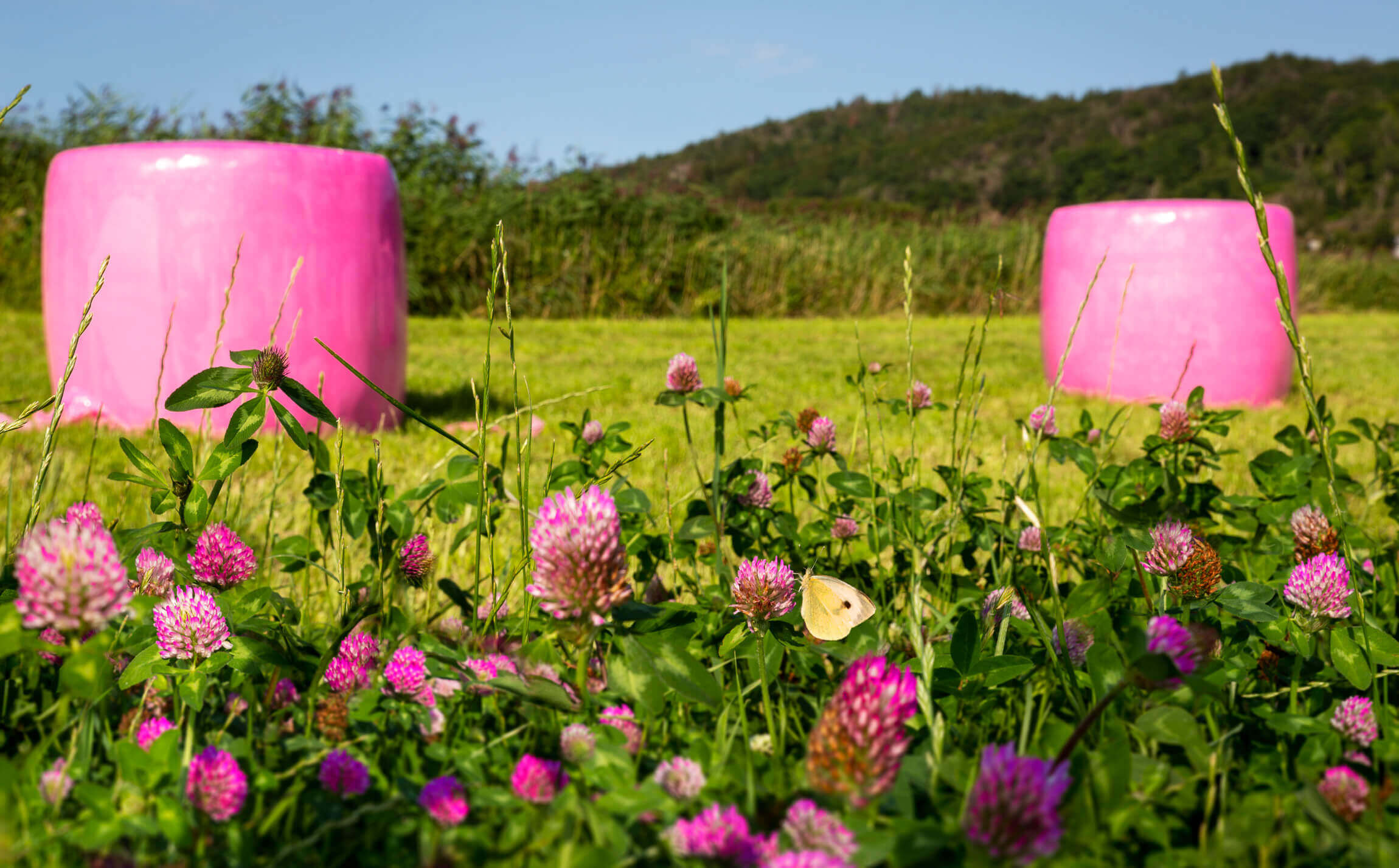Shredding and Recycling of Agricultural Films
Robust Shredders for Farm Plastics like Silage Wraps, Greenhouse Films & More
The use of agricultural films has been increasing for decades and the market continues to grow. The reasons for this are the increasing demand for food and animal feed, decreasing acreage, soil protection and the cost efficiency of agricultural films. As there are currently hardly any alternatives, consumption is leading to more and more film waste. Only efficient film recycling offers a sustainable solution. Shredding to a homogeneous grain size is essential for this - the first step in the recycling process.
WEIMA shredders are specially designed for the material processing of post-consumer agricultural film and are based on decades of experience in plastics recycling in the agricultural sector.
Customer applications: Agricultural film shredding with WEIMA
Practical examples of successful shredding with WEIMA shredders

Want to tackle your waste problem?
Request a customized shredding solution now.
WEIMA portfolio for shredding agriculture film
The right machine for every material
Heavy duty machine design
WEIMA shredders for highly abrasive materials can be equipped with numerous options to protect against wear – for less downtime and lower maintenance costs. The solid machine frame ensures particular robustness. Rotors can be reinforced with Vautid and screens with Creusabro. Optionally, large knives (up to 130 x 130 mm) protect against foreign bodies, Vautid can also secure knife carriers.
To protect the rotor face plates, we recommend replaceable Creusabro wear plates that can be fitted on both sides. The cutting chamber can also be optionally reinforced with replaceable Creusabro plates. For particularly heavy-duty applications, we offer an approx. 20 mm thick, wear-resistant Creusabro screen.
This is what makes film shredding so challenging:
Only half of the material delivered is actually film. Contaminants such as soil, stones, sand and feed residues account for over 45 percent.
Developed for flat materials such as films: The F-Rotor
The optimum coordination of rotor, knives and counter knives is crucial for the shredding result. The selection of the components suitable for the material requires a high degree of experience. The F-rotor, specially designed for films, is characterized by its controlled feeding behavior.
By the way: For particularly abrasive or dirty materials, we recommend wear protection made of Vautid.

WEIMA F-rotor
Example applications for the sustainable disposal of agricultural films
Inquire about an agriculture film shredder today
Request a quote
Recycling agricultural films, silage films or stretch films
The most important facts at a glance
Plasticulture: challenge and opportunity
With the increasing modernization of agriculture, the use of plastics such as agricultural, stretch and greenhouse films is on the rise – a trend known as plasticulture. This increases yields, but also leads to more and more film waste.
Thanks to modern shredding technology, for example from WEIMA, used crop plastics can be recycled efficiently. New agricultural and construction films as well as products such as fences, hoses or bin liners are created from the recycled pellets – in line with the circular economy.
This closes the film cycle, saves oil and protects the environment – to the benefit of agriculture and nature.

Agriculture film in use on field
WEIMA also shreds agricultural nonwovens
In addition to agriculture film, agricultural non-woven fabric is also frequently used on farms to ensure a good harvest even under extreme weather conditions. Early weeding nonwoven, weed nonwoven and frost protection nonwoven are made of high-quality polypropylene (PP) yarn and can usually be used for several years.
After that, they are recyclable, just like film, and are first shredded with the help of WEIMA shredders.

See for yourself.
Have your material tested free of charge in our test center.
Practical examples and references | Agricultural film recycling with WEIMA
WEIMA shredders are synonymous with efficient plastics recycling worldwide including at
Plastika Kritis
CEDO Recycling


What are you looking for?
Explore all WEIMA solutions
